Huge shift in people most likely to die in bicycle accidents
The number of deadly bike crashes each year in NSW is not going down — but increasingly its older riders who are victims, rather than children and young adults.
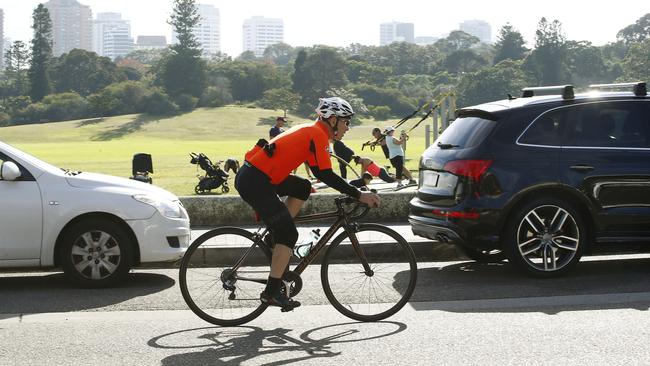
NSW
Don't miss out on the headlines from NSW. Followed categories will be added to My News.
Thirty years ago, children and young people made up a significant proportion of bicycle road deaths — now it’s older, male riders travelling on high-speed roads who are most at risk.
Fatal bicycle accident victims have been predominantly male and their average age has been steadily rising over the past three decades.
The National Road Deaths Database shows that in the 1990s the average age of victims was in the 20-40 age bracket, whereas in the past decade it has been in the 40-60 age bracket, and is still increasing.
While it’s a good news story for children and young riders — who are now safer due to the introduction of compulsory helmet rules, drink and drug driving laws, social changes which see children more likely to be driven to school, and improved infrastructure for bike riders — the older cohort who have taken to bicycles for health, fitness, social and environmental reason face increased safety challenges.
These include a combination of factors including declining health and awareness of riders, potentially less experience riding if they take it up in retirement, increased driver distraction and more likelihood to be in crashes with speeds above 40km/hr — at which point collisions are often fatal.
Bicycle Network CEO Alison McCormack said increasing numbers of older men were now bike riding to ward off health problems, including heart diseases, and for the social factor, which was a boon for mental health.
“Sadly, the increase in crash statistics for this age group can be attributed to the larger numbers of older male bike riders on our roads,” she said.
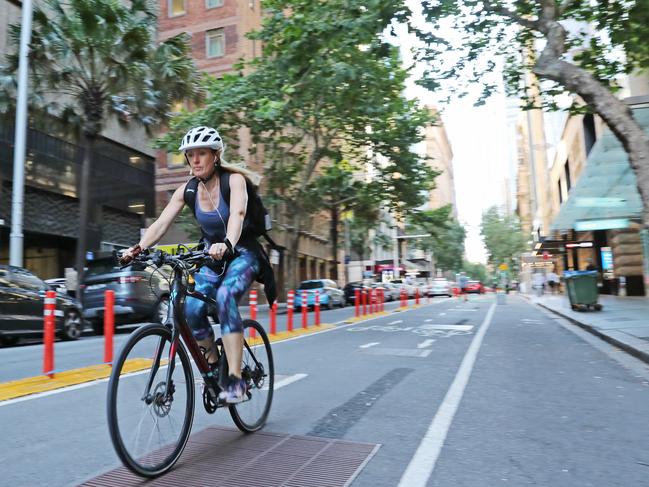
“But we are aware that figure is minuscule compared to the proportion of this age group dying from sedentary diseases.”
Interestingly, the increase of food delivery drivers in the past several year — often younger, migrant men — who can have a tendency to raise the ire of pedestrians and motorists by weaving in among cars and pedestrians at speed does not appear to have had a significant impact on fatal crash statistics.
Statistics from the Bicycle Network indicate the overall number of fatal bicycles crashes in NSW over the past three decades has remained steady, while the population and proportionate number of bicycle riders on the roads have increased.
Ms McCormack said improved bike infrastructure — such as dedicated bike lanes — had encouraged more people of all ages to ride bikes and stressed that the benefits of riding to society overall outweigh the risks.
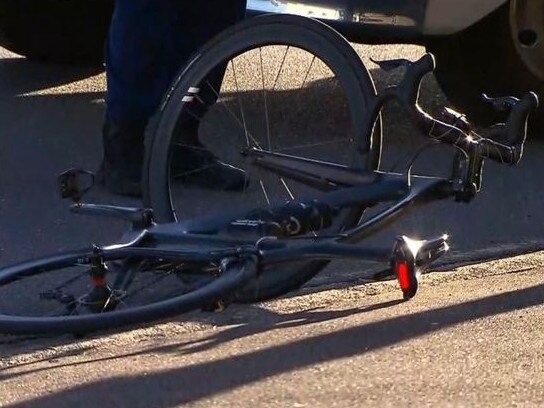
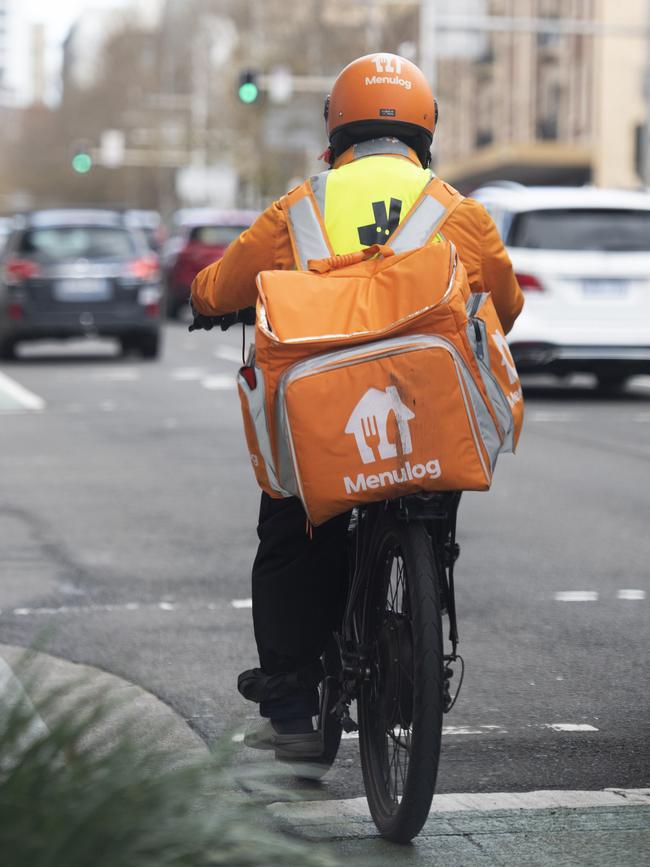
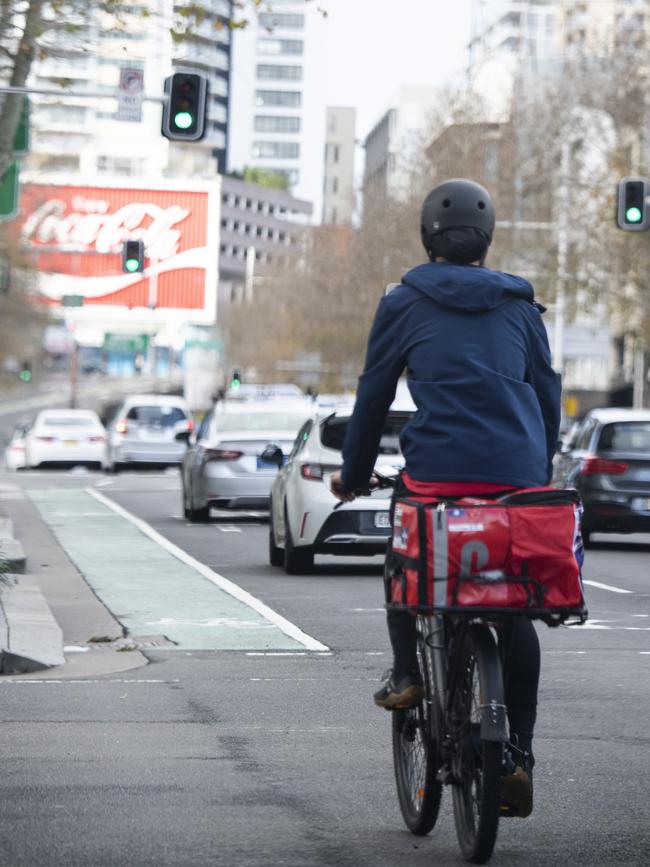
She said the NSW government’s commitment to double investment in active transport in NSW to $120 million over four years was an example of the change occurring.
To improve bicycle road safety, Bicycle NSW suggests reducing speed on urban areas, targeting driver distraction and inattention, and boosting compliance with speeding and mobile phone rules on rural roads with higher speed limits.
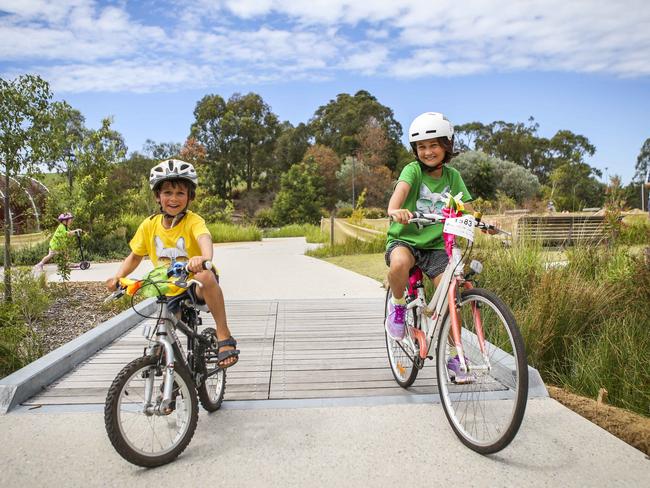
Researchers also note a “safety in numbers” effect which shows that as significantly more cyclists use roads and motorists become more aware of them and modify their own behaviour to become safer.
Technology, such as improved lighting for bikes at night, has also played a role in reducing crashes.
On the negative side, the physical and cognitive decline of both older bike riders and older drivers can also be an issue, as can the use of prescription medication, drugs and alcohol.



